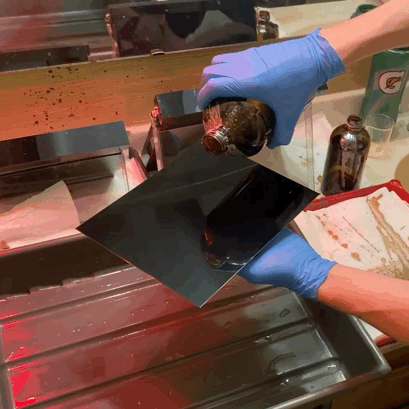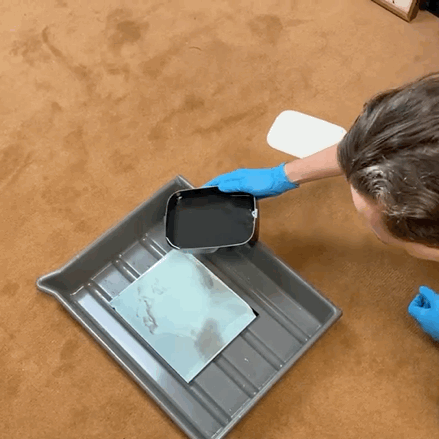Welcome
My name’s Kyle — thank you for being here.
This site is a living storeroom of images and objects I’ve made over the years: a place to see what I offer, book a session, and follow the slow evolution of my work.

I make wet-plate collodion portraits — tintypes on aluminum and ambrotypes on glass. These are one-of-a-kind images, created with light and chemistry. Sitting for a portrait isn’t like having a modern photograph taken — the process asks us to slow down, be present, and let time move differently for a moment.


If you’re drawn to make an image at a turning point — in change, celebration, courage, or quiet reflection — we’ll probably work well together. I love working with people who want images that feel touched by time, meant to be held and lived with rather than simply viewed.
Photography, for me, is receiving rather than taking. Each image comes through patience and chance, uncertain, tactile, alive. It’s this unpredictability that keeps me close.
The Red Room
The Red Room isn’t tied to one place. Wherever I set up a darkroom, it gathers itself again — sometimes in studios, sometimes outdoors, sometimes in unexpected corners of the world.
The name comes from the red safelight I work beneath, and from Twin Peaks — that in-between room where time feels suspended.
If you’d like to connect or create together, I’d love to hear from you.
Warmly,
Kyle McMillin



